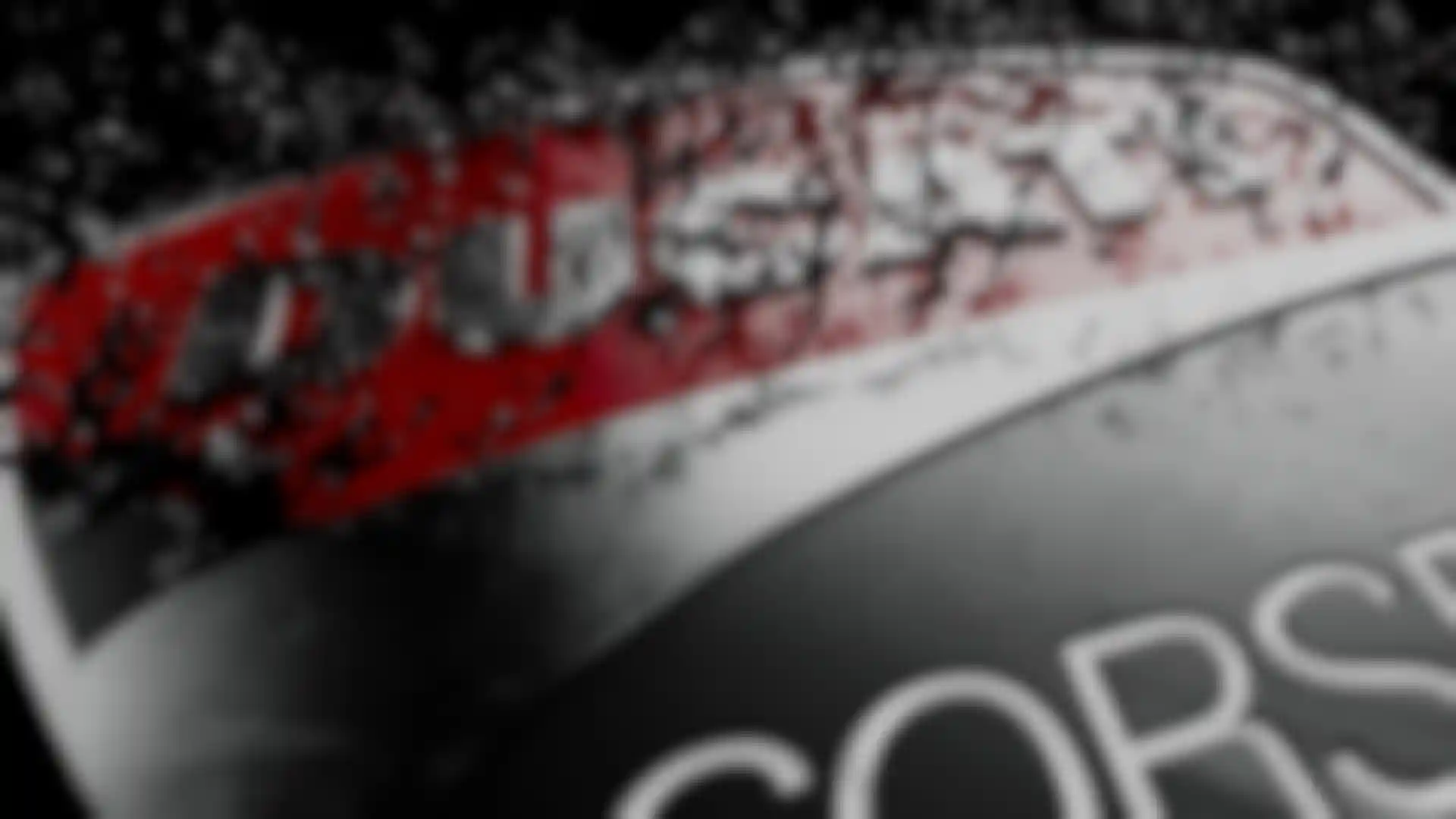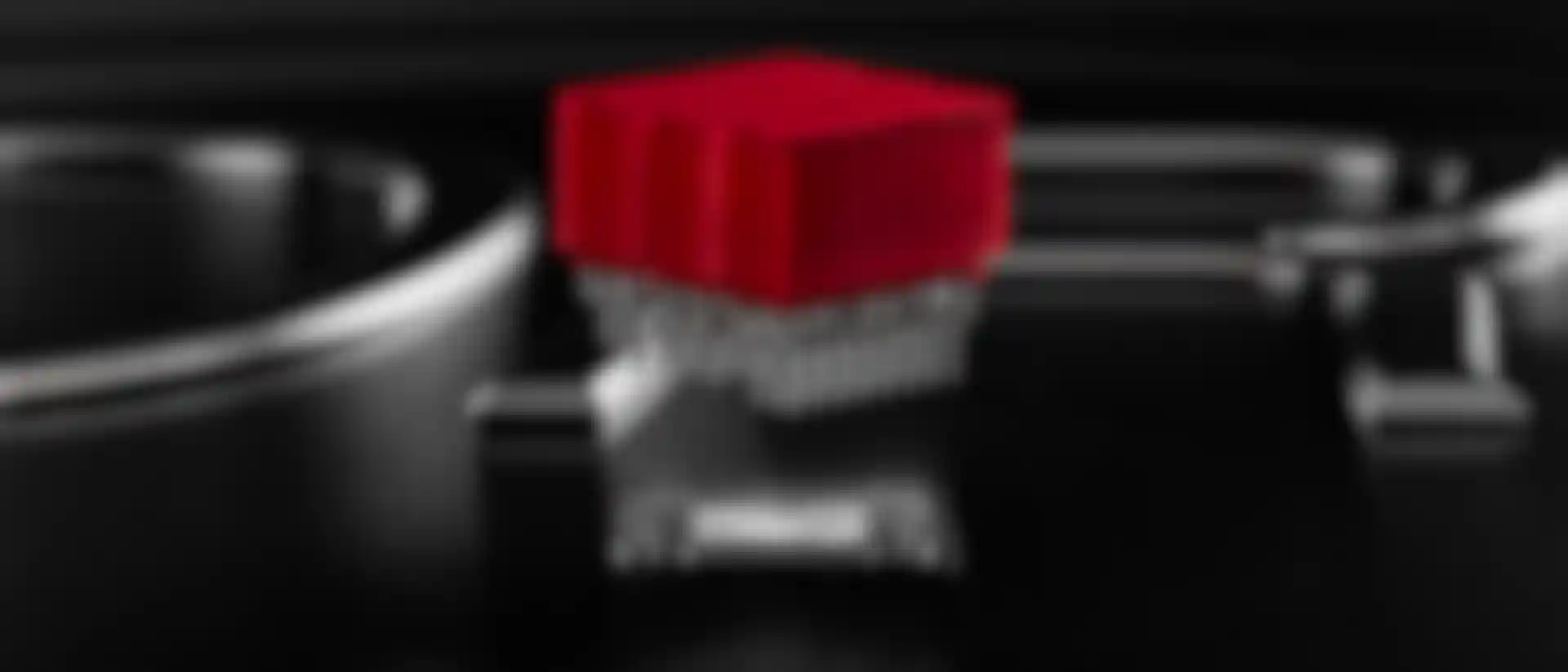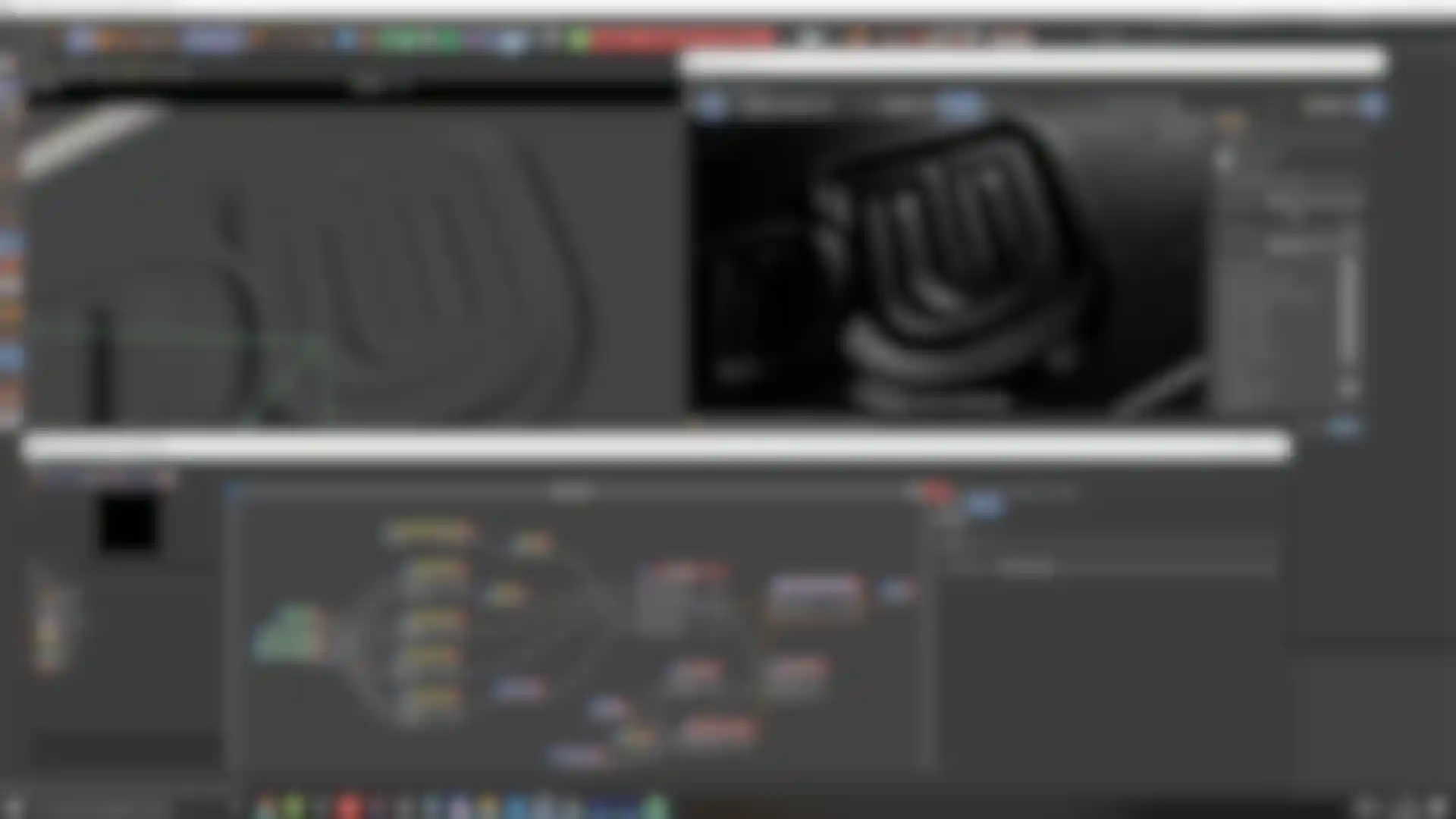
A Race to The Finish How Clonwerk used Cinema 4D and Redshift for a recent Ducati show.
When the Ducati Corse racing team partnered with Lenovo to form the Ducati Lenovo Team, the traditional live show announcement introducing the upcoming MotoGP season’s riders was put on hold due to Covid protocols. So the show went virtual and the racing team asked Milan-based studio Clonwerk to help with the presentation.
We asked Clonwerk’s Senior 3D Artist Antonio Pepe to break down his motion design work, which opened the show. Read on to find out how he raced to finish the entire opening animation in just 11 days, using Cinema 4D, X-Particles, Redshift, and After Effects.
Tell us a bit about yourself.

Pepe: I was a nerd when I was a child, and I was passionate about technology, video games, graphics and photography. In 2001, I became addicted to motion graphics and moved to Milan to study digital design at IED, and by 2005 I was working as a freelancer on video clips, commercials, TV idents and live events for brands like MTV, Sky, Nickelodeon, Ferrari, Lamborghini, Gucci, D&G and many more.
From there, I made many sacrifices in order to grow. It wasn’t like today where there are thousands of tutorials on just about anything. But I got great inspiration from artists including GMUNK, Andrew Kramer, Simon Holmedal and others.
I joined the team at Clonwerk in 2015. The great thing about my job is, as soon as you finish a project, you immediately look at how to do the next one even better. I’m driven by my desire to learn and apply new techniques, and we now have the ability to create things that only the big agencies could do in the past. Depending on the client and brief, I usually begin by searching for keywords, creating mood boards and trying to associate visuals. I also find inspiration from the audio and on Behance where so many colleagues offer their incredible visuals, as well as another point of view.

What tools do you use primarily?
Pepe: A few years ago, I switched my primary software from 3Ds Max to Cinema 4D and it has slowly become the only software I use. I used to devour tutorials online. Once they added Redshift it became a game changer. For the past three years, we’ve been using Redshift at Clonwerk on almost every production, from commercials to concerts and live events. I know my work took a leap in quality, and with Redshift you can really do the best work with the time you have available.
Tell us about the Ducati project.
Pepe: I was guided by the brand for this project. I wanted to do something that vibrates, as if the engine were driving the evolution of the animations. The sound designer, Gianmaria Serranò, put what I needed in my headphones to guide me to the final result. Traditionally, it is a live event with the official presentation of the new Ducati Lenovo Team for the upcoming MotoGP season. Ducati has been working with Clonwerk for many years on global presentations but, due to Covid, there was no in-person live show this year.

Instead, we went with a live stream event from Milano City Studios and a DocuFilm that tells the behind the scenes of the upcoming season. I created the animated logo, which was entrusted to me by the creative director of the event, Romain Sabella. I also worked closely with the sound designer.
How did you create the look of the DUCATI letters?
Pepe: I initially planned to use particles and materials that were created when the wave passed, but I realized that the visual power was in the simplicity and cleanliness. I went with a black and white look and defined each letter’s reveal by the audio driving it. Some letters were more difficult than others. It was a mix of modifiers driven by a vertex map, with a cascade of field forces.


I used a cache alembic to work easily in Redshift and scrub the timeline back and forth. And I applied a displace to the mesh to add a restriction tag that would refer to another vertex tag with the Perimeter of the mesh. That way the effect thins out as it reaches the edges.
The whole thing was lit with a simple setup. There are two or three area lights and a dome with an HDRI. The lighting tool in C4D is really cool, and I would place lights in specular lighting mode with modify lighting unchecked. I made a shortcut to recall it and it is great for placing lights according to the point you want to illuminate. You can also hold the shift key to move the light away or closer to the surface. The materials themselves are quite simple, just a PBR setup that really shines with the light.
And what about the shield itself, how were you able to achieve that animation?
Pepe: It’s all native C4D: a cloner in blend mode between a very small and a very large shield spline. Then, I made a very dense plane mesh on which I created a vertex map. It was guided by a cloner that generated a spline “Ducati Shield” that scaled from the center outwards in a loop.
The cloner vertex was enriched with a decay and a random overlay to create some variation. This vertex map drove a displace modifier on splines.

I added an unclamped delay to sway positive and negative. Once I found the movement, I made a cache alembic to change the look of the splines and make them softer, through a different interpolation of the points.
One of the most useful things in C4D is the ability to bake as alembic directly from the object manager. Once the cache is made, everything becomes lighter in the timeline. I applied a Redshift tag to the cache to render the spline directly. I do that same thing whenever I have to render millions of particles.
What is Clonwerk working on now?
Pepe: Currently, I am working on a permanent installation for a big Italian telecommunication brand. I can’t talk about it yet, but you’ll certainly hear about it later. Beyond that, I am doing research and development on Unreal to advance Clonwerk’s real-time department even further. I’d like to say thank you to my wife, Laura, and my family, for believing in me and supporting me.
Credits:
Studio: Clonwerk
Creative Director: Romain Sabella
Art director & Animator for Logo Animation: Antonio Pepe
Graphics for Live Event: Fabio Costarelli
Event Producer: Simona Taddei
Director of DocuFilm: Nicola Buffoni
Editor DocuFilm: Mattia Seregni
Sound Designer: Gianmaria Serranò





